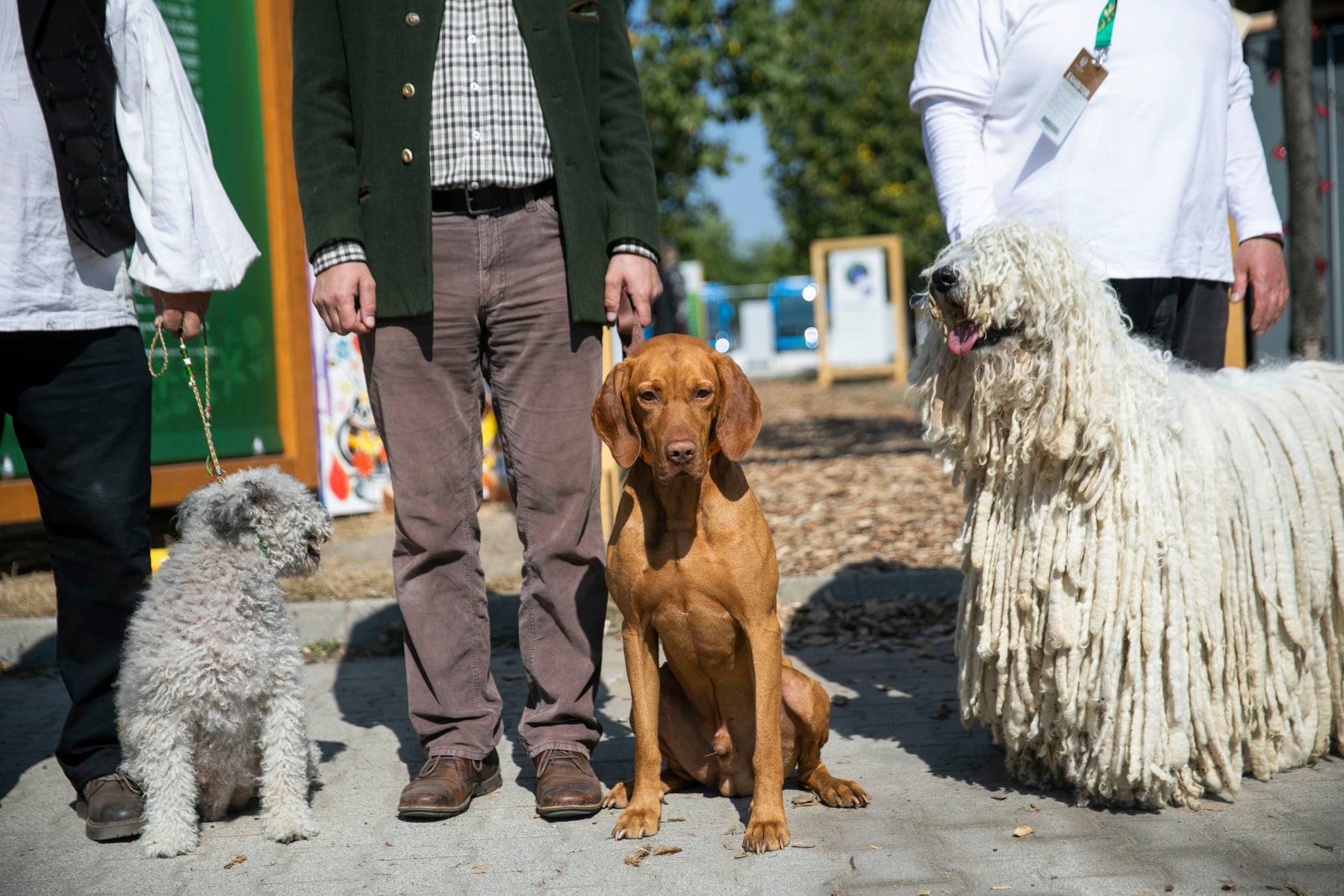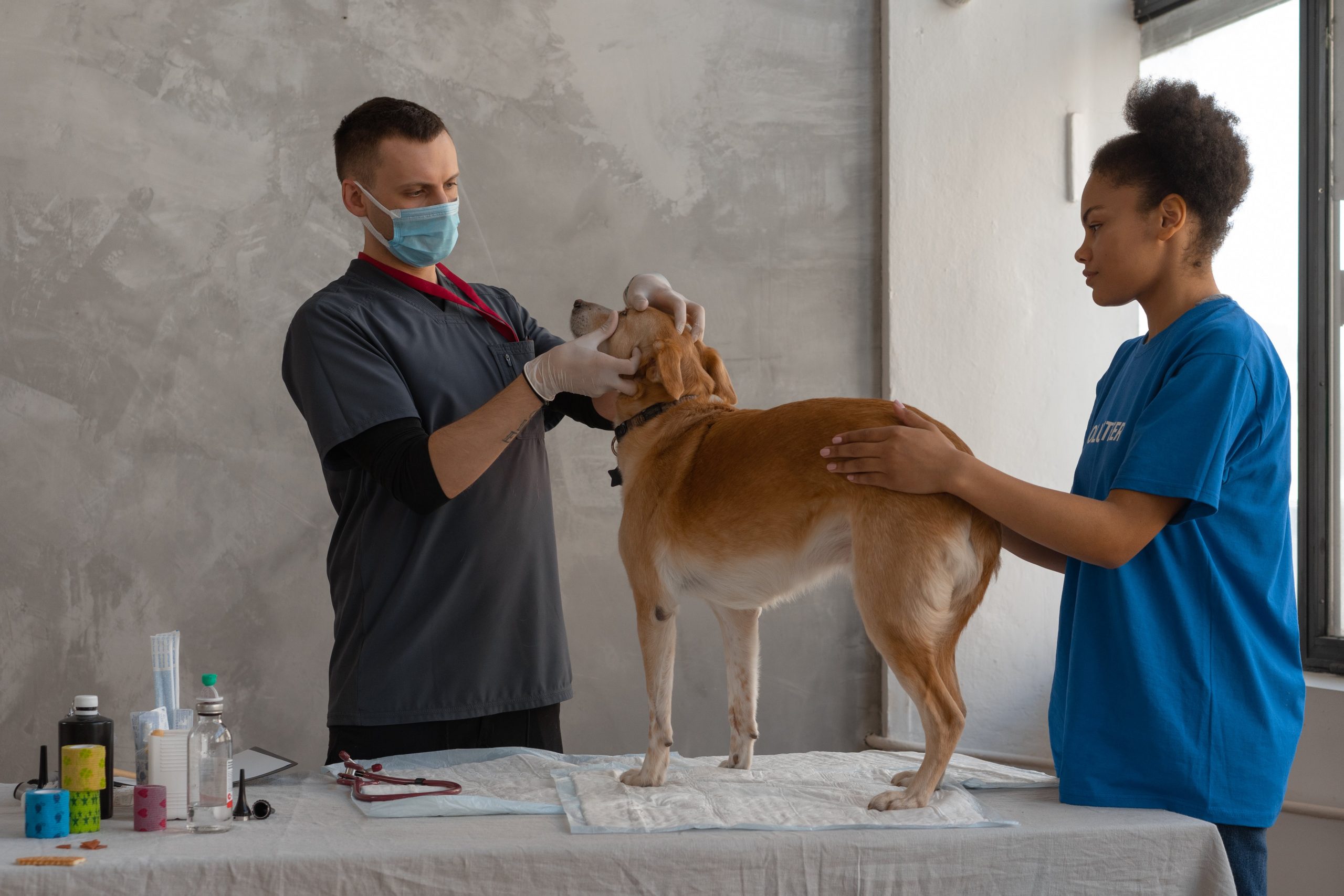
"The ecological richness of the Carpathian Basin also contributes to Hungary's cultural and material well-being," says the minister of agriculture.Continue reading

The most common domestic animals in Hungary are dogs, with three out of four households having one, while the other most common pets are cats, kept in every second pet-owning household, based on a representative survey by the Animal Protection Legal, Analytical, and Methodological Center of the University of Veterinary Medicine.
Szilvia Vetter, head of the Center for Animal Protection, told Magyar Nemzet that the research, based on a sample of more than 1,000 people, revealed surprising data, showing that Hungary is well above the European average in terms of the proportion of households with cats. This in itself would not be a problem if animal welfare considerations were applied in the vast majority of cases.

Photo via Pexels
Nearly three quarters of people live in a household with an animal, according to the survey. It also revealed some surprising results, such as that the majority of pet owners are male and the young age group being the most represented, with 18-29 year olds having the most pets. It also showed that
companion animals are more common in villages and smaller settlements than in Budapest and large cities.
The most common pets kept at home are dogs, found in three out of four households,” Vetter said.

Photo via Pexels
“More than half of Hungarian households are dog owners. This is a fascinating result, as only 36% of households were considered dog owners in the 2018 survey, but in the 2021 survey the figure was over 50% and in 2023, it was 56% . It is important to emphasize that the survey was based on self-reporting, hence the increasing trend and the order of magnitude are more important factors than the actual data for the research,” Vetter emphasized.
The 2018 result was already high by European standards, and we are among the leaders in terms of the proportion of dog-owning households.
The research shows that the proportion of dog-owning households jumped during the COVID epidemic, and international studies revealed that as the pandemic and quarantine burst, people were trapped in their homes alone and many took companion animals.
“As COVID subsided, you could see that the population was returning to its previous rhythm of life, which did not always include a companion animal. The rise in utility prices and inflation has led to an increasing number of animals being surrendered to animal welfare organizations and the number of stray animals seems to have increased, especially in eastern Hungary, where most households with dogs are located,” the head of the center noted.

Photo via Pexels
She stressed that it is a problem that there are more dogs and cats than responsible pet owners in Hungary. The only ethical solution to this is education. Vetter pointed out that there are many dogs that do not go to the vet, have no vaccinations, and are unlikely to be properly fed. It is known that since 2013, all dogs have to be microchipped and should be listed in the animal registry.
On the contrary, if we look at the health statistics, we see that one of the most common causes of injury in Hungary today is dog bite. There is a clear contradiction.
“It is an important task for animal welfare to address these issues,” she added. She noted that the 2021 survey also asked how much of a problem the cost of dog ownership is for owners. Surprisingly, 77% said they had no problem at all caring for their pet.
Via Magyar Nemzet, Featured image via Pexels